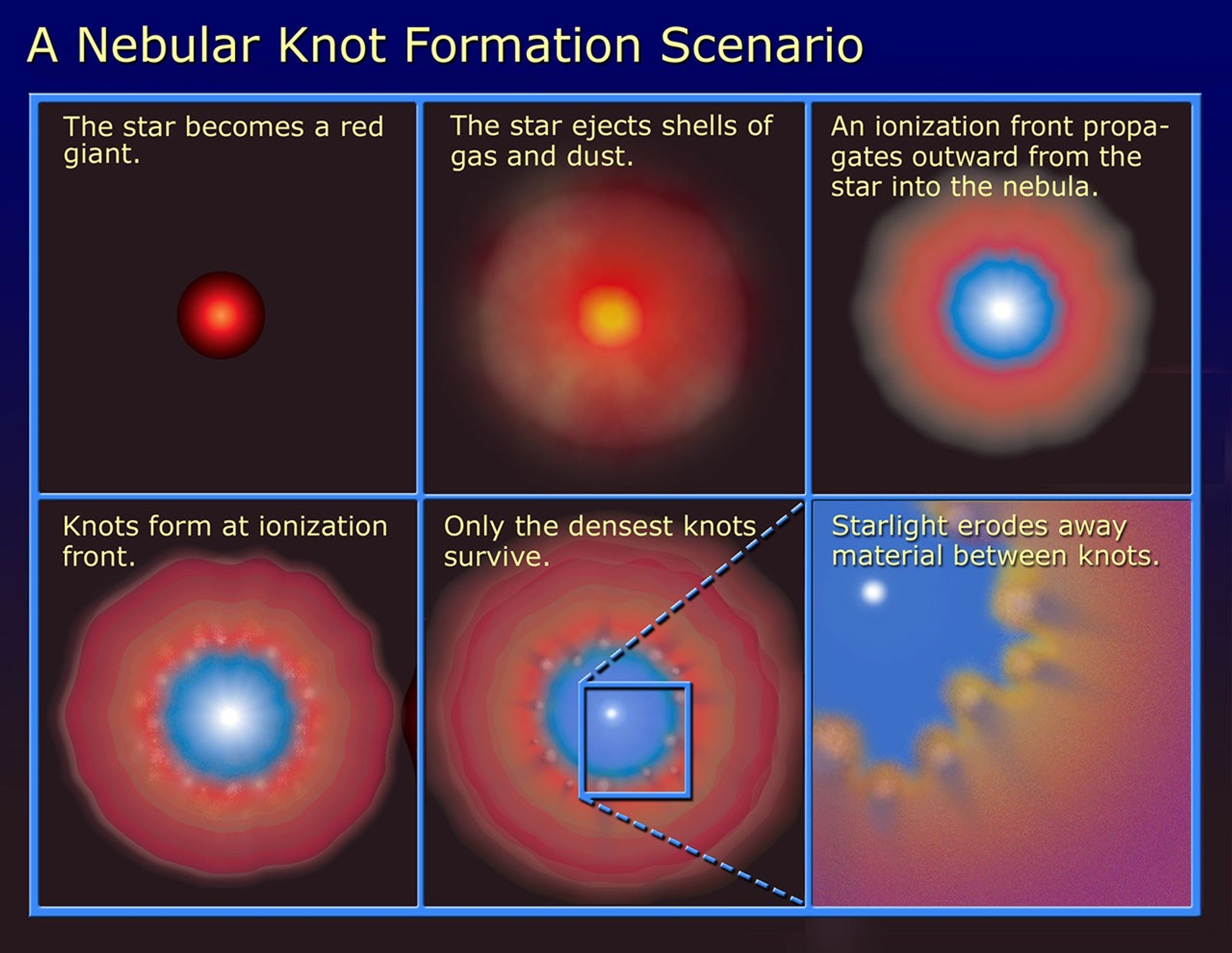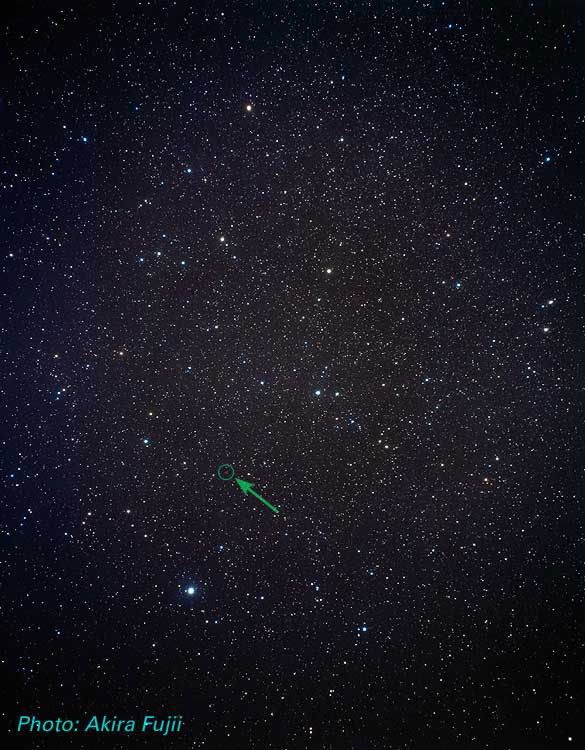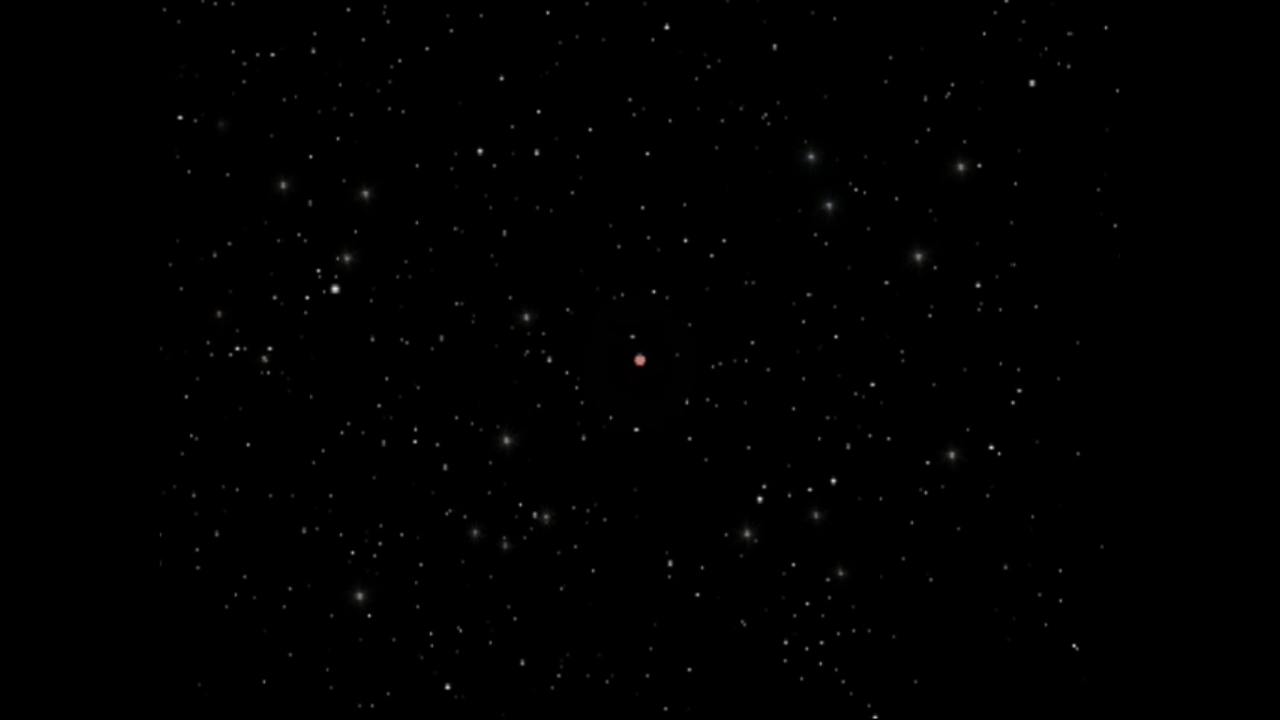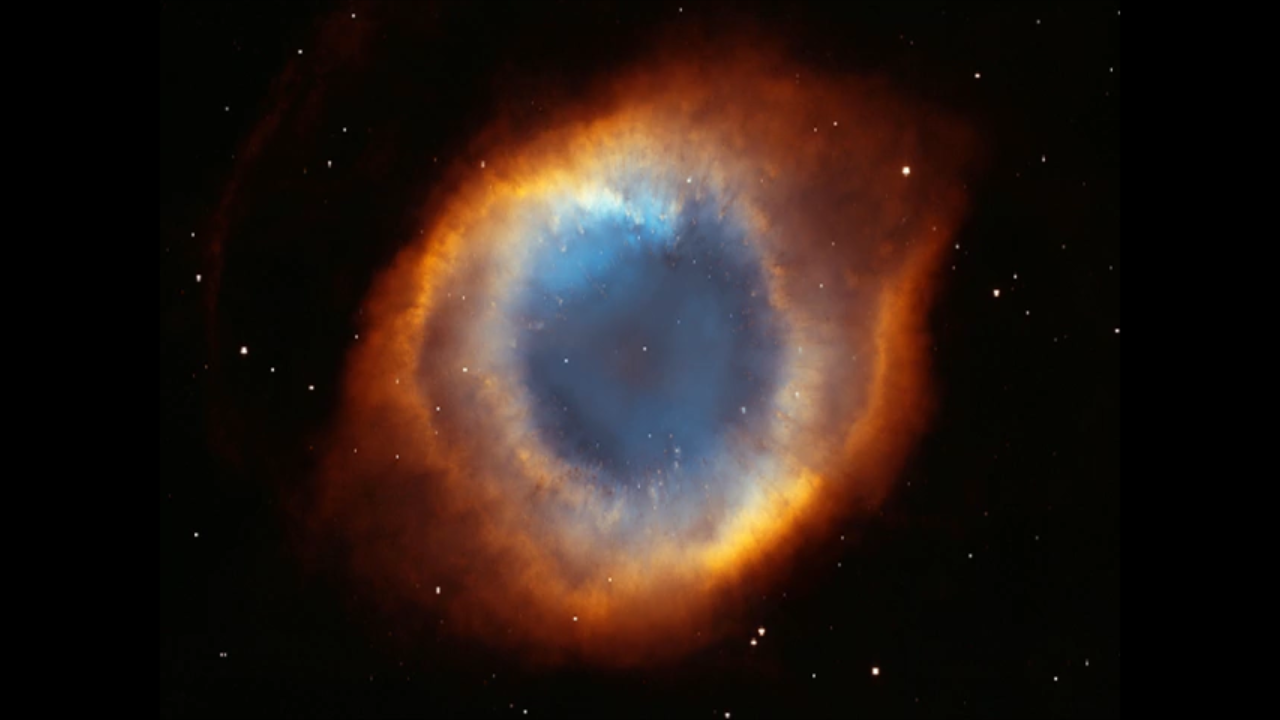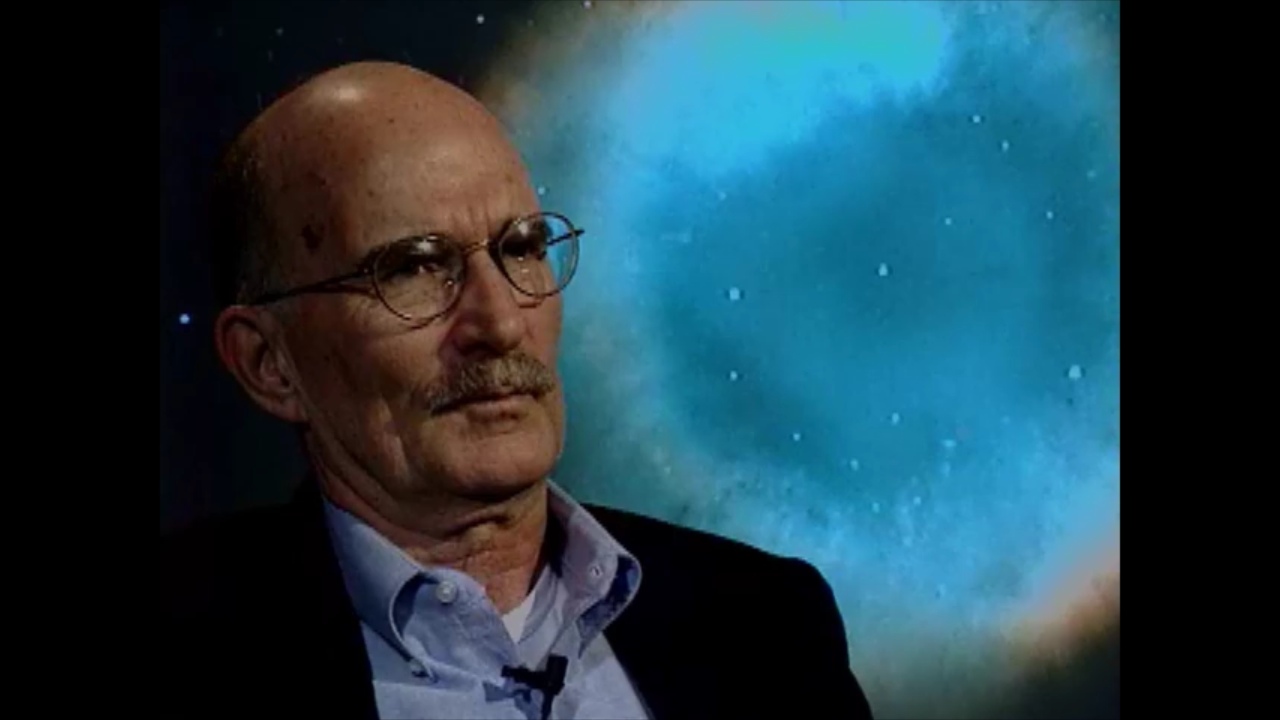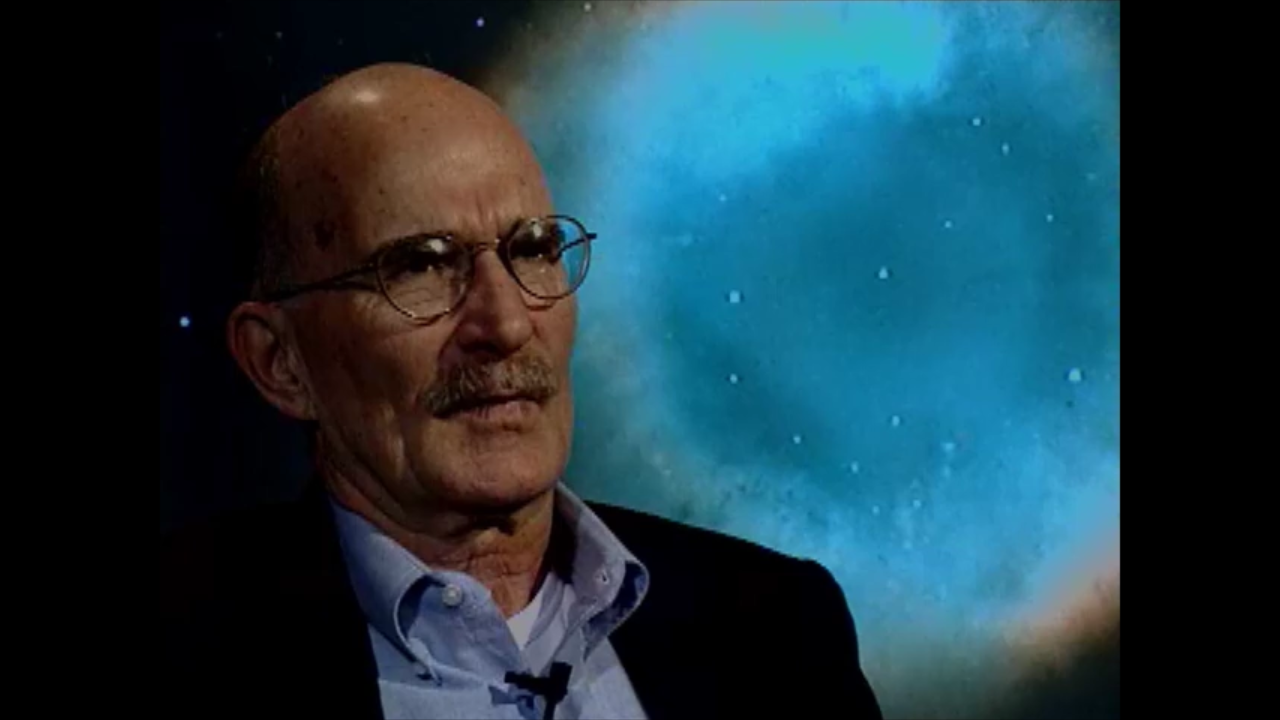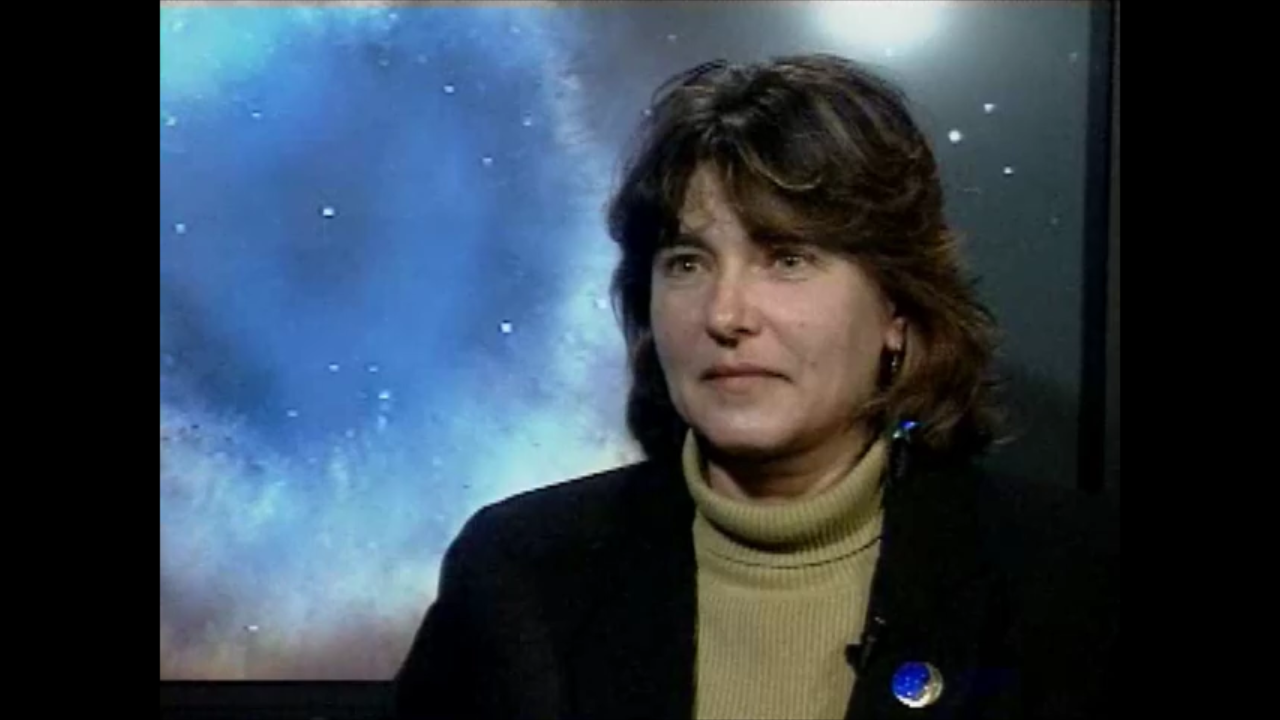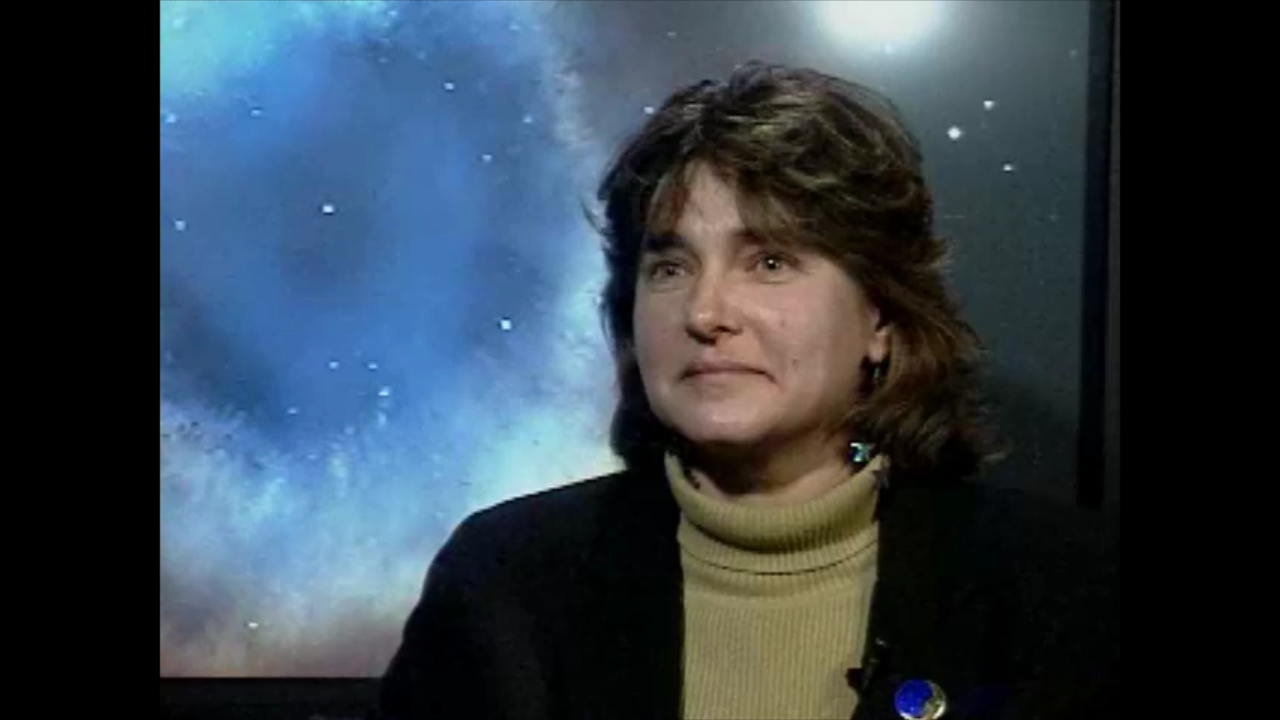1 min read
Location of Detail and ACS Exposures on Full Image
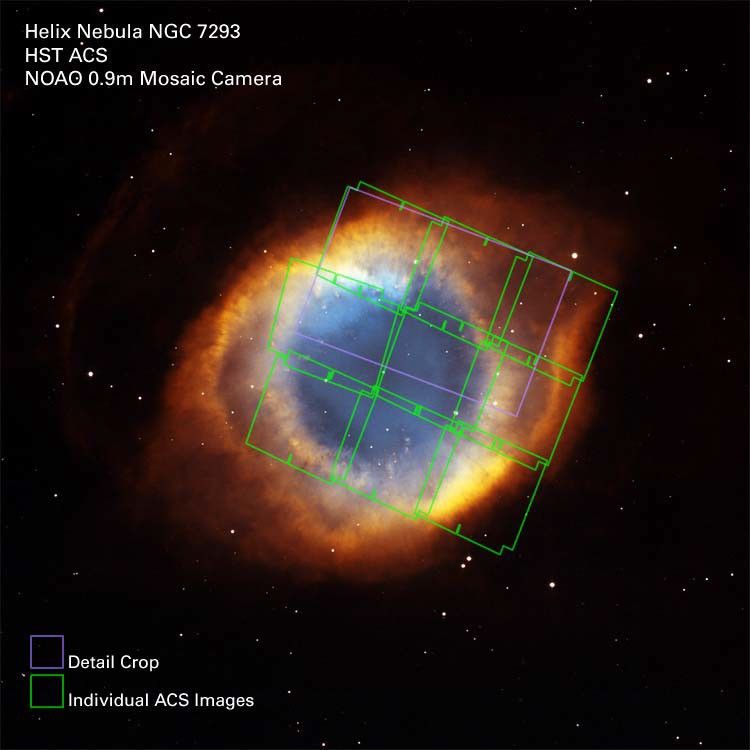
About the Object
- R.A. PositionR.A. PositionRight ascension – analogous to longitude – is one component of an object's position.22h 29m 48.19s
- Dec. PositionDec. PositionDeclination – analogous to latitude – is one component of an object's position.-20° 49' 25.99"
- ConstellationConstellationOne of 88 recognized regions of the celestial sphere in which the object appears.Aquarius
- DistanceDistanceThe physical distance from Earth to the astronomical object. Distances within our solar system are usually measured in Astronomical Units (AU). Distances between stars are usually measured in light-years. Interstellar distances can also be measured in parsecs.About 650 light-years (200 parsecs)
- DimensionsDimensionsThe physical size of the object or the apparent angle it subtends on the sky.The image is roughly 27 arcminutes (5.1 light-years or 1.6 parsecs) across.
About the Data
- Data DescriptionData DescriptionProposal: A description of the observations, their scientific justification, and the links to the data available in the science archive.
Science Team: The astronomers who planned the observations and analyzed the data. "PI" refers to the Principal Investigator.Hubble data have been superimposed onto ground-based data taken by Travis Rector (NRAO) at the 0.9 meter telescope located on Kitt Peak, Tucson, AZ (NOAO/AURA/NSF). The HST data are from proposal 9700. Processed images may be obtained from the Helix MAST web site. The Hubble Helix Team includes: M. Meixner, H.E. Bond, G. Chapman (STScI), Y.-H. Chu (U. Illinois, Urbana-Champaign), P. Cox (Institut d'Astrophysique Spatiale, France), W. Crothers, L.M. Frattare, R.Gilliland (STScI), M. Guerrero R. Gruendl (U. Illinois, Urbana-Champaign), F. Hamilton, (STScI), R.Hook (STScI/ESO), P. Huggins (New York Univ.), I. Jordan, C.D. Keyes, A. Koekemoer (STScI), K.Kwitter (Williams College), Z.G. Levay, P.R. McCullough, M. Mutchler, K. Noll (STScI), C.R. O'Dell (Vanderbilt Univ.), N. Panagia, M. Reinhart, M. Robberto, K. Sahu, D. Soderblom, L. Stanghellini, C. Tyler, J. Valenti, A. Welty, R. Williams (STScI). - InstrumentInstrumentThe science instrument used to produce the data.HST>ACS/WFC, and KPNO 0.9m>Mosaic I
- Exposure DatesExposure DatesThe date(s) that the telescope made its observations and the total exposure time.November 19, 2002, Exposure time: 4.5 hours (HST) and November 3, 2001, Exposure time: 25 minutes (KPNO)
- FiltersFiltersThe camera filters that were used in the science observations.ACS/WFC: F502N ([O III]) and F658N (H alpha) Mosaic I: k1009 (H alpha) and k1014 ([O III])
- Object NameObject NameA name or catalog number that astronomers use to identify an astronomical object.Helix Nebula, NGC 7293
- Object DescriptionObject DescriptionThe type of astronomical object.Planetary Nebula
- Release DateMay 9, 2003
- Science ReleaseIridescent Glory of Nearby Planetary Nebula Showcased on Astronomy Day
- Credit

Related Images & Videos

Iridescent Glory of Nearby Helix Nebula
In one of the largest and most detailed celestial images ever made, the coil-shaped Helix Nebula is being unveiled tomorrow in celebration of Astronomy Day (Saturday, May 10). The composite picture is a seamless blend of ultra-sharp NASA Hubble Space Telescope (HST) images...

Comet-like Filaments Along the Inner Rim of the Helix Nebula's Gas Ring
This cropped version of the Helix Nebula mosaic shows cometary-filaments embedded along a portion of the inner rim of the nebula's red and blue gas ring. At a distance of 650 light-years, the Helix is one of the nearest planetary nebulae to Earth. The composite picture is a...
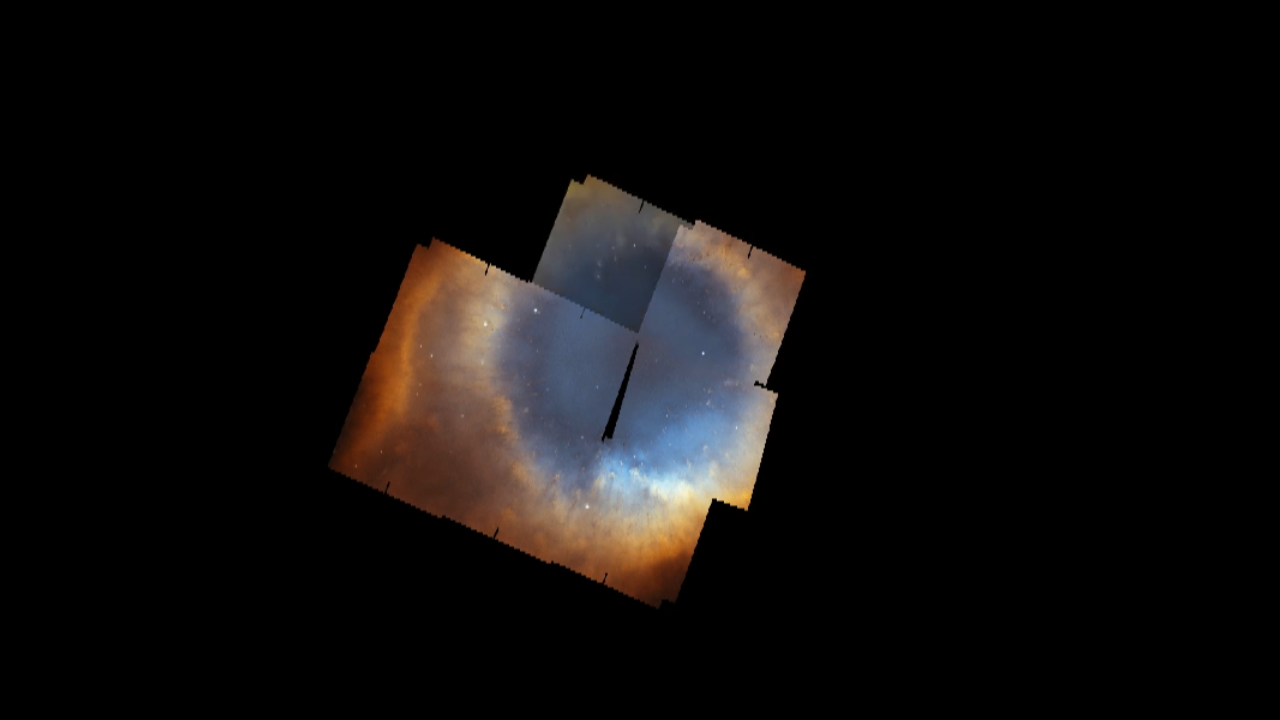
Constructing the Helix Nebula Mosaic
A mosaic tile build up of the nine images of the Helix Nebula taken by Hubble's Advanced Camera for Surveys. The resulting composite picture is a seamless blend of the ultra-sharp NASA Hubble Space Telescope images combined with the wider view of the Mosaic Camera on the...
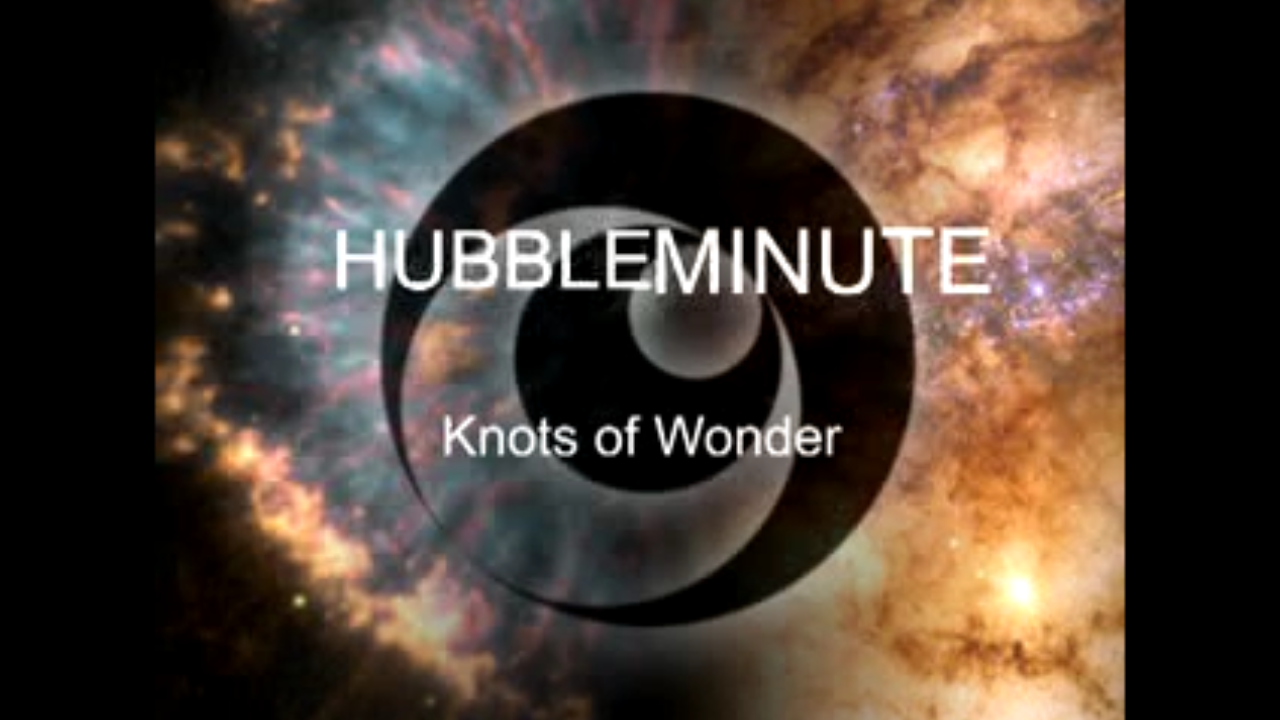
HubbleMinute: Helix Nebula
A HubbleMinute on the Helix Nebula titled "Knots of Wonder". This video was created for the Astronomy Day unveiling of the Hubble's Advanced Camera for Surveys nine mosaic images that were blended with a NOAO National Science Foundation's 0.9-meter image of the Helix Nebula. It...
Share
Details
Claire Andreoli
NASA’s Goddard Space Flight Center
Greenbelt, Maryland
claire.andreoli@nasa.gov

























